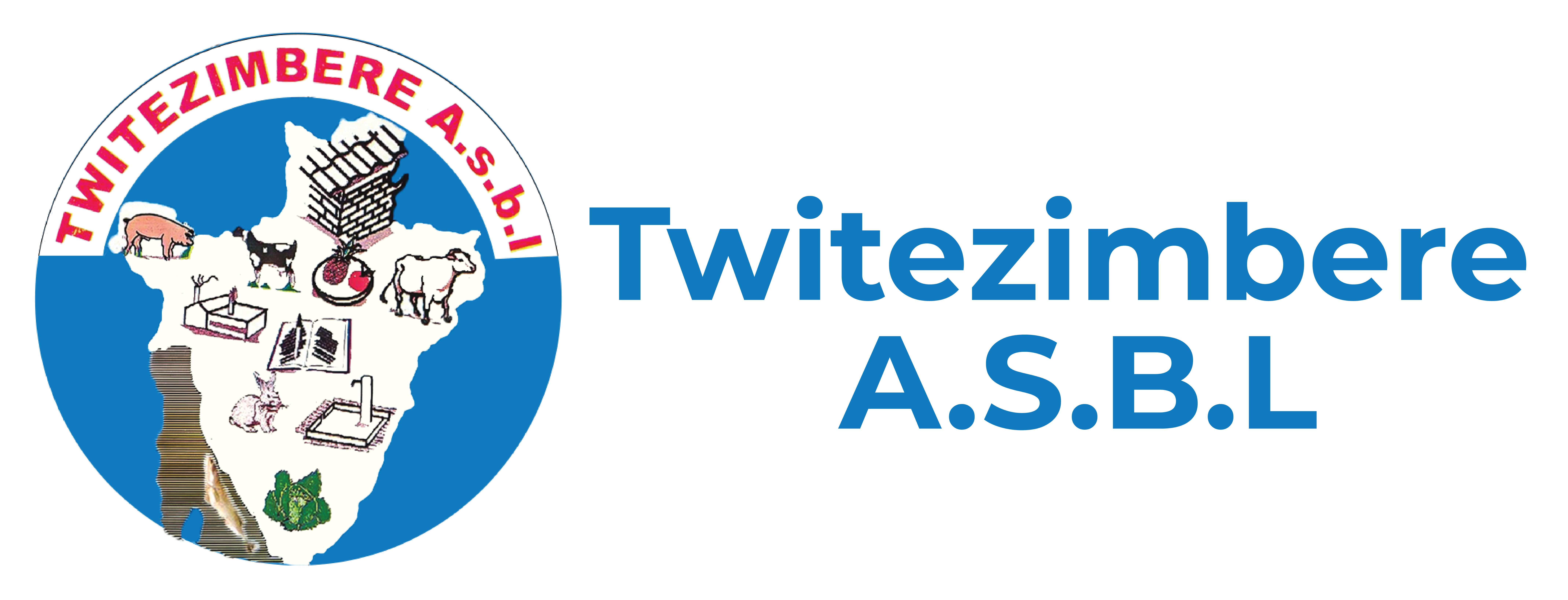⦁ Action Area
7 provinces: Bubanza, Bujumbura, Cibitoke, Gitega, Makamba, Muyinga and Rumonge
20 communes: Bubanza, Rugazi, Musigati, Nyabiraba, Kanyosha, Mubimbi, Rugombo, Mabayi, Makebuko, Bukirasazi, Makamba, Mabanda, Vugizo, Nyanza-Lac, Muyinga, Giteranyi, Mwakiro, Butihinda, Burambi and Rumonge
154 hills and 755 sites (sub-watersheds) under development with integration of soil protection and restoration practices.
⦁ Context and Rationale
The Support Project for Responsible and Integrated Soil Management, PAGRIS in acronym, has been carried out on the ground by IFDC in partnership with Twitezimbere Asbl and the University of Wageningen and ISABU for action research, since March 2020. This 4-year project closes at the end of June 2024. PAGRIS is funded by the Embassy of the Kingdom of the Netherlands in Burundi.The implementation of the PAGRIS project is based on the methodology of the theory of change and the complex challenges of agriculture, soil degradation and fertility, food security, increasing household income and land management in Burundi are approached under four components which are (1) the scale of the “agricultural plot”, (2) the scale of the “watershed” and (3) the “institutional” level and (4 )“dolomite”. PAGRIS comes to answer the pressing question of soil degradation in order to improve fertility and restore Burundian landscapes. Its objective is: “The enhanced ecological sustainability of Burundian (agricultural) land contributes to improving the food security and income of agricultural households.”
The PAGRIS results are reproduced below:
→ Result 1. At the plot level: 100,000 agricultural households in the hills of the PAGRIS project (50% women) apply GIFS practices on 22,000 ha and increase their income by 25%.→ Result 2. At the watershed scale: An area of 14,000 ha of watersheds is managed collectively and the environmental impact and underlying social processes are well understood.
→ Result 3. At the institutional scale: 1,000,000 farming households have access to information to obtain quality agricultural inputs and services.
PAGRIS' main actions mainly focus on the development of watersheds and the restoration of soil fertility. PAGRIS aims to improve the management of the watershed landscape through collective and community actions based on the PIP-watershed approach (Participatory Integrated Plan-BV) and AAP (Learning and Participatory Action). The project supports farmers in a watershed to design a development and management plan to combat soil erosion, to implement integrated practices beneficial to the entire community after analyzing the limiting factors. that haunt their watersheds.
⦁ PAGRIS Approaches and Strategies
→ Community-Participatory-Inclusive-Responsible Approach;
→ Self-promotional approach - change of mentality (local initiatives and non-dependence on external aid) - framing of the DOSABV (Strategic Orientation Document for Watershed Development and Anti-Erosion Control developed by the MINEAGRIE);
→ Collaboration strategies with state partners and other stakeholders having a role to play in the protection of watersheds and restoration of soil fertility are highly developed.

